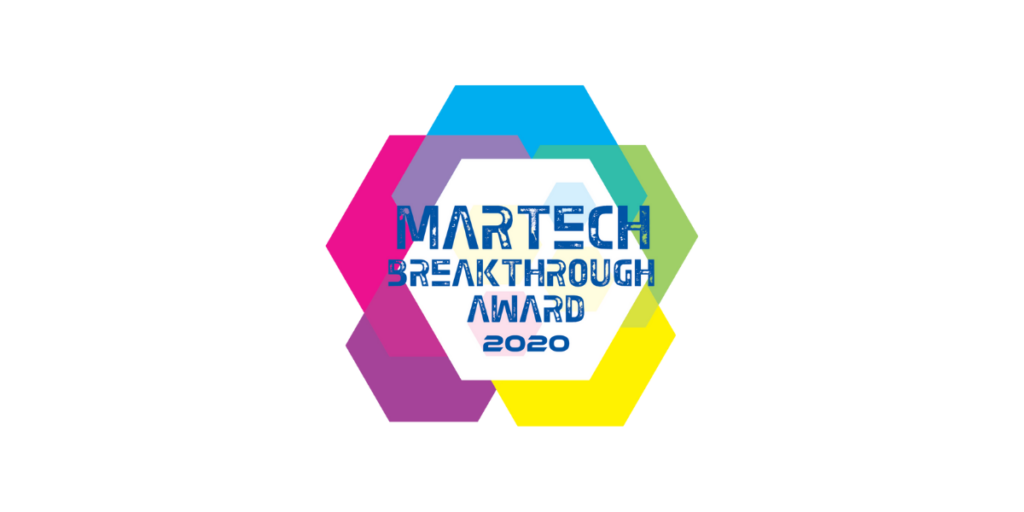
There are so many different factors that affect what you might want to focus on that it’s imperative you put a system in place that keeps you organized while optimizing your time and efforts spent planning and executing creator campaigns.
With the technology available today, you can invest in tools that allow you to customize your user experience in such a way that you have everything you need at your fingertips, and simultaneously clear the clutter of any features you don’t use as often.
Here are some factors to consider when building out a campaign workflow with a customizable marketing tool…
Approvals
After you’ve created a list of talent you may want to work with, you’ll need a system in place for creator outreach, choosing/hiring talent, and approving campaign content. This needs to be readily available not only to your own organization but to any outside collaborators as well; for example, an agency needing a brand clients’ approval on a creator for a new campaign.
You’ll also need to track the status of contracts; who’s been sent a contract, whether that contract has been approved, plus the status of whether the contract has been signed by all parties. Tagger’s campaign workflow allows users not only to track this, but also to sign contracts directly on platform.
All of this can be customized in Tagger’s campaign workflow; you can toggle approvals on or off, and even rearrange the order in which you see the various approval stages of your campaigns.
Monitoring Current Campaign Status
Consider creating (or taking advantage of an existing) dashboard that shows all the different steps and statuses of your various campaigns and the creators within those campaigns. With Tagger’s newly-released campaign workflow update, users have access to a pacing dashboard that provides a top-down view of Campaign status relative to budget, approvals, outreach, and hiring.
Whether you’re using Tagger’s teach or not, consider how valuable it would be to have one place that shows which creators you’ve reached out to, who you’ve contracted with, and what stage of the campaign they’re in at any given time. It’s certainly possible to do this manually, but there’s a great risk of human error and something slipping through the cracks.
Moreover, manually keeping track of all the moving parts of a campaign just isn’t scalable. If your team grows, or the number of clients you’re working with increases, you simply won’t be able to execute as many campaigns. We highly recommend working with a tech partner to alleviate this pain point.
Manage Content Planning & Costs
It’s important to be able to plan how much budget you can allocate to which creators, plus be able to pay those creators after the brief has been fulfilled. Make sure your proposals, contracts, and payments align with your overall campaign budget so you don’t end up overspending or losing track of your financial expense.
Whether you’re paying creators directly on platform (like through Tagger’s PayPal integration) or keeping track of off-platform payments, don’t forget that budget will greatly affect all the other elements of your campaign flow.
Bottom line: marketers need a tool that’s flexible to their needs in order to maximize efficiency and ROI. If you’d like a demo of Tagger’s new customizable campaign workflow, request a demo here.



